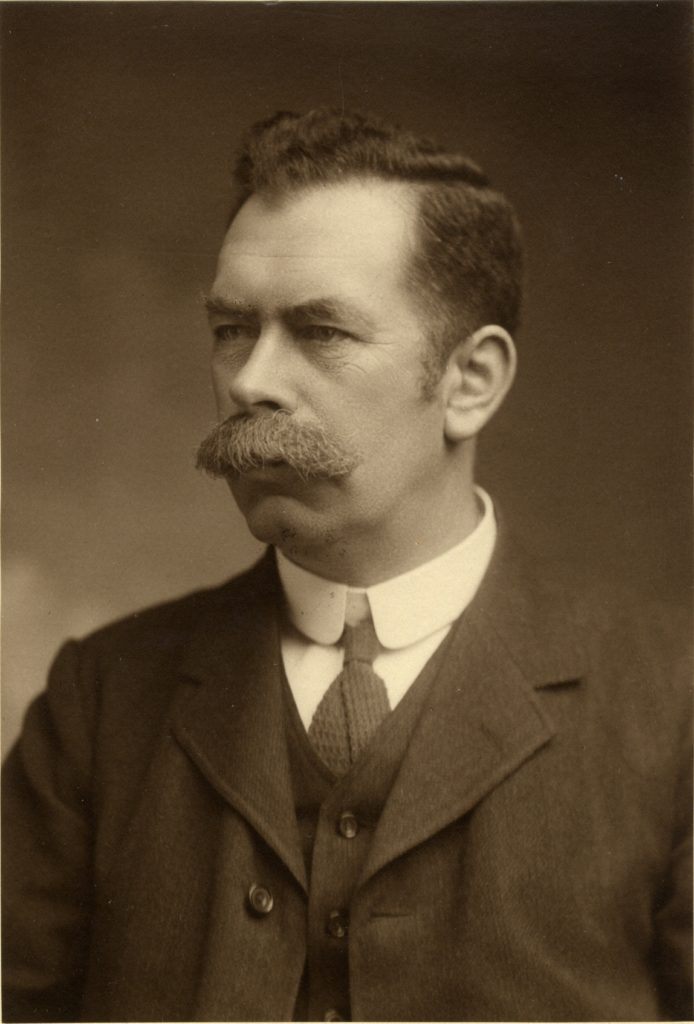John Stewart MacArthur died at Pollokshields, Glasgow, on March 16th, 1920, aged 63 years.
He was born in Glasgow on December 9th, 1856, and in 1871 [aged 15] entered the laboratory of the Tharsis Sulphur and Copper Co., Ltd., as an apprentice chemist. The outcome of his work in the recovery of precious metals from the Tharsis copper liquors was that in 1881 he turned his attentions to the extraction of gold from ores.
In 1885 he entered into partnership with the Doctors Forrest, who placed a room in their surgery at his service for conducting his researches. In this same year the Cassel Gold Extracting Co. was formed, and as the result of an article on their process by Mr. MacArthur, published in a technical paper, he was asked ‘to co-operate with the company’s directors. In 1886 he joined the company as technical manager, and almost immediately introduced an improved process whereby a weak solution of plain potassium cyanide was formed to dissolve the gold from ores. After exhaustive laboratory tests, the process was tried on a shipment of 15 tons of ore from the New Zealand Crown Mines, the results of which trial proved the process to be a commercial proposition. An initial plant was erected in New Zealand, but within a short period of time the process was adopted on the Rand, and at once opened a new chapter in the history of gold production.
In 1902 Mr. MacArthur was awarded the Gold Medal of the Institution ‘as the representative of the many workers connected with the Gold Mining Industry whose efforts resulted in the introduction and development of the Cyanide Process.’ In 1911 Mr. MacArthur started the manufacture of radium compounds, at first at Runcorn and afterwards at Balloch, on the side of Loch Lomond. During the period of the war these works produced radium for medicinal use and for making luminous paint for military purposes, the whole output of the factory being taken over by the Government.
Mr. MacArthur was elected a Member of the Institution in 1892.
Vol. 30, Trans IMM 1920-21, p.478


